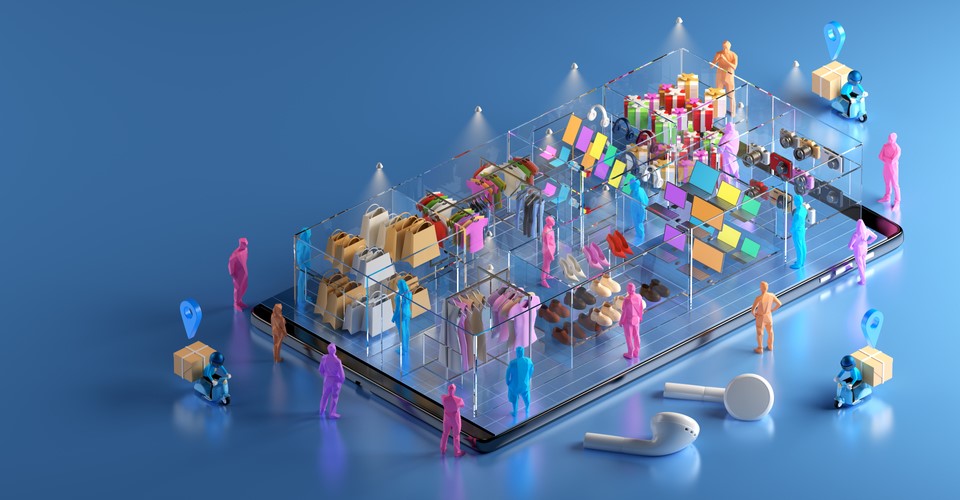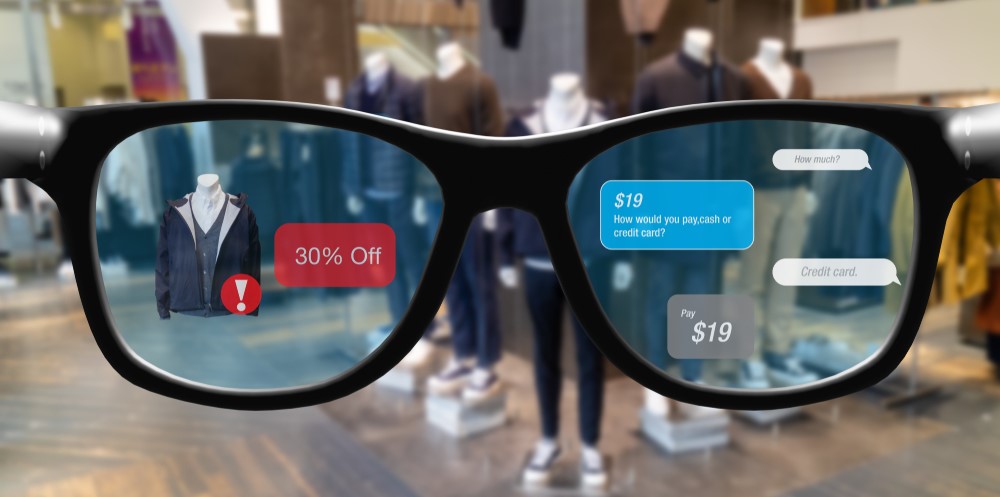
Shopping malls are in a difficult situation — sales are falling, traffic is decreasing, visitors are choosing a more cautious consumption model due to a drop in income because of Covid-19 and new retail rules. In addition to changes related to market conditions, tough competition for customers and unstable economic situations, consumer shopping patterns are rapidly changing.
The traditional approach is not enough to stimulate purchases and can’t improve customer experience. Modern technologies help to apply a customer-centric approach and ensure greater service to increase clients’ loyalty. To significantly increase profits, it’s not enough to focus on traditional marketing and discount promotions. Shopping malls need modern technologies that can help in the analysis and optimization of the customer journey, gamification of customer experience by extending the time spent in the shopping mall and increasing the average transaction value, and location-based marketing. In this article, we’ll explore top technologies that are boosting revenue growth for shopping malls.
AR Indoor Navigation
Large indoor spaces such as shopping malls and department stores are crowded with people, as well as shops located one after the other in a complex structure. It’s easy to get lost even if you’re looking for the shops you’ve been to before. Hence, directions through navigation in augmented reality (AR) can be most useful for such spaces.
Navigation through the shopping mall saves time on searching for directions for shopping. It improves and gamifies customer experience that increases their shoppers’ loyalty and stimulates purchases. Indoor AR navigation helps visitors find the shortest or predetermined route to their indoor point of interest (shop, restaurant etc.). For example, precise navigation to a parked car gives a competitive edge for shopping malls, increasing customers’ comfort. There’s no need to waste time looking for a car in a crowded parking lot (time can be spent on shopping) and no need to walk for a long time with heavy bags — with AR navigation a customer can quickly reach the car. To ensure greater results navigation should be as precise as possible, with up to 2-cm accuracy.
Augmented Reality
The augmented reality serves as an excellent tool for the visualization and presentation of goods. For example, Home Depot has been implementing AR for furniture visualization for several years. Studying sales statistics, the company drew attention to the fact that 14% of purchases come from a mobile application. AR integration allowed to increase indicators, for example, the conversion of visitors to buyers among those who viewed a piece of furniture in augmented reality is 2-3 times higher on average.
At the end of 2020, Westfield, the largest shopping centre chain in the United States applied augmented reality to a massive flow of customer attraction during the New Year’s shopping season. AR solutions are also used as virtual guides in malls and specially designed game quests. A customer plays, have fun, send pictures to social networks and buy goods at the same time, therefore increasing the revenue of retailers.
AR content enables shopping mall marketing managers to improve advertising, gamify customer experience, present shops, goods, etc. without taking any offline places. Unique AR experience attracts more visitors and gives extra platforms for advertising and communication with customers that lead to higher revenue in total.

Digital Twins
Digital twins allow predicting the loading of retail space, the movement of customers and employees, visualising the inventory location, wiring, equipment etc., which in turn simplifies and increases the speed and quality of facility management. The key to success and one of the main challenges of online trading in the post-Covid era is the development of the concept of omnichannel logistics, the creation of a unified shopping experience environment.
Digital twin creation enables shopping malls to set up navigation routes, manage AR content to attract customers and post this content with high fidelity in the right places. It gives a digital extra space for advertising and opportunities for gamification of customer experience that results in higher loyalty and more purchases. A unique customer experience can be created via digital twins.
Analysts identify digital twin technology as part of the Retail 4.0 digital transformation process — an approach that collects detailed real-world data from the physical retail environment and then uses it to better understand customer behaviour and actions. It’s an affordable solution, combined with 3D maps crowdsourcing which doesn’t require expensive devices or hardware and can be made with just a mobile phone.
AI Analytics
To understand how successful a particular shopping mall is, an owner needs a regular analysis and a snapshot of buying activity. Developers understand that to attract traffic, the mall must become not just a place for shopping, but also a place for spending leisure time. For this purpose, shopping centre owners are changing the way they interact with visitors so that the latter stay on the sites for as long as possible.
AI-based (artificial intelligence) foot traffic tracking helps to control and improve the customer journey, directing clients to the shops that increase average transaction volume. Traffic analytics helps to define popular places in the shopping mall to place new kiosks, banners, coffee sports there. Purchases in these extra spots will increase the average transaction value.
AI analytics helps manage overcrowding, which gives a competitive edge to shopping malls as a safer place in the current post-pandemic new normal.

Location-based marketing
In a highly competitive retail environment, location-based marketing is more relevant than ever. Smartphone users hardly ever part with their mobile devices, so the customer’s location data received through his smartphone is the strongest indicator of what he likes and what he doesn’t.
Location-based marketing is an effective set of technologies based on the geolocation of potential customers of shopping centres. For example, geofencing technology is actively used, which allows the store in the shopping mall to interact with potential customers who are nearby.
Every day we see more and more examples of marketing campaigns based on customer location data. Retailers want to send messages to consumers not only in their stores but in other places where they can spend their time. Location-based promotions drive sales, attracting visitors to shops. In-app advertising shows sales, special offers, new collections and other promo information for customers even before entering the shop. Location-based (precise) marketing is 20 times more effective than traditional marketing.
In-app advertising is more profitable for shopping malls than ordinary advertising since it’s easier to update. It’s enough to update the content inside the system, not print banners.
Conclusion
The retail transformation began long before the pandemic, but the collapse of offline sales, store closings and a change in the purchasing paradigm forced retail chains and shopping centres to rapidly launch digitalization. With the help of the technologies described above, shopping centres can not only retain customers but also build up a customer base, increase the average transaction value and thus increase sales.
The digitalization of the retail industry is inevitable. So it’s important to be among the first to embrace innovations in a competition for customers.
Best regards,
Vitaliy Goncharuk
CEO and Founder of Augmented Pixels